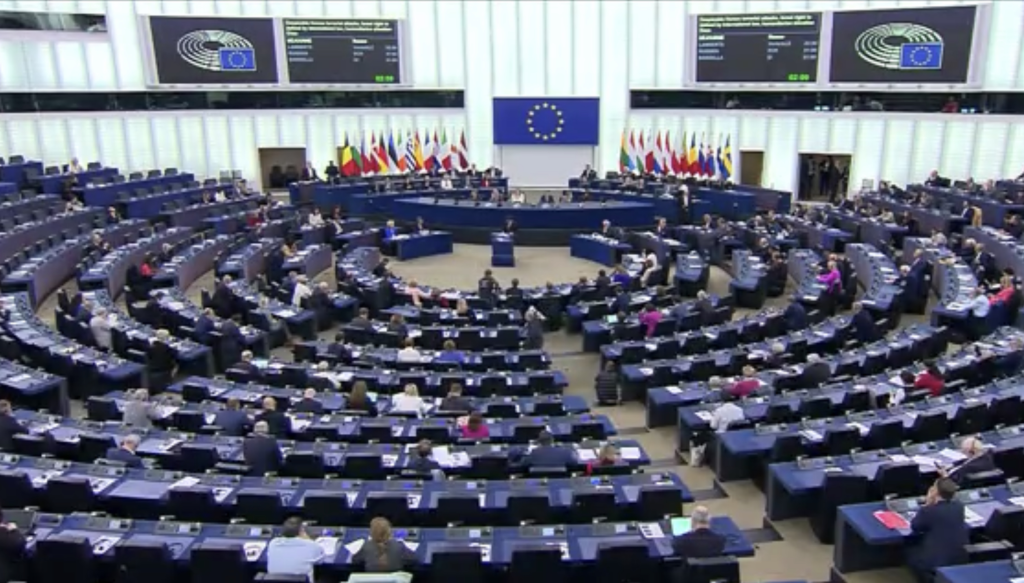
ITALY SETS GUIDELINES FOR 'INFLUENCERS': TRANSPARENCY IN ADVERTISING AND PROTECTION OF MINORS
Italy’s Communication Guarantees Authority (Agcom) has published guidelines for ‘influencers’, who are now equated to audiovisual communication service providers.
Is this a positive effect of the “Ferragni cyclone”? Actually, that assessment is not entirely correct because Agcom had been working on it for some time, at least since last July.
THE GUIDELINES
The legal vicissitudes of the last few weeks, however, have undoubtedly accelerated a legal initiative that was already on the agenda of Agcom’s last board meeting in December (Wednesday 20), and which has now been approved.
After all, every phenomenon needs rules as it matures, and that of influencers is no exception. Hence the guidelines put in black and white by the Authority and that, in extreme synthesis, end up starting from the consideration of these figures as providers of audiovisual communication services and, therefore, subject to the discipline of the Text of Audiovisual Communication Services (Tusma, for its acronym in Italian).
PENALTIES
In this framework, ‘influencers’ and creators are asked to abide by the rules and what is at stake. Such as transparency in advertising (and for those who violate them, penalties range from 10 to 250 thousand euros). Or also the obligations of protection of minors (here, for those who do not comply, the fines range from 30,000 to 600,000 euros) and those of corporate transparency; or even the obligations regarding pluralism and non-discrimination.
SCOPE OF APPLICATION
The Authority – with Chairman Giacomo Lasorella as rapporteur – thus concludes what is in fact the first (but fundamental) part to circumscribe the limits of an emerging phenomenon that sees, according to the latest estimates, 350 thousand influencers in activity in Italy with a final turnover well over 300 million euros.
Attention, however: because the guidelines start from the very definition of the field of action. Who are the influencers or creators to be scrutinized?
INFLUENCERS WITH MORE THAN ONE MILLION FOLLOWERS
Agcom wanted to focus on influencers or creators likely to generate revenue as a result of commercial agreements with producers of goods and services or even as a result of monetization that could be granted by the platform.
They must reach a significant number of users on Italian territory and with Italian-language content. And in any case, precisely to avoid putting on the same level and confusing those who perform amateur activities and those who do it professionally, the Authority sets the threshold of followers at 1 million.
This number can be reached from the sum of those subscribed to the platforms on which influencers and digital creators operate.
(EditoRed Note: They must also have exceeded on at least one platform or social media an average engagement of 2% or higher, which means that they have elicited comments or likes on at least 2% of the published content).
THE TECHNICAL TABLE
The list of influencers meeting these conditions will be published on the Authority’s website. And, in any case, it would be at least 500 according to the first screening carried out by the offices.
If the provisions are immediately applicable – with warnings before the sanctions, which, as said, can reach 600,000 euros per episode – the Authority will in any case provide for the start of a technical table.
NO TO HATE, YES TO VERIFICATION
The rule states that incitements to violence, hatred and discrimination must not appear in publications and videos. There must be a representation of the correct image of women without secondary victimization. Respect for minors and obviously no incitement to crime. The publication of content that may harm the physical, mental and moral development of minors is prohibited.
Influencers must avoid the use of subliminal techniques, whether in informative or entertainment content or in commercial content; comply with the rules on commercial communications, telesales, sponsorship and product placement and the prohibition of surreptitious advertising, as well as the relevant rules of Agcom and the Institute of Advertising Self-Discipline (showing an overprint that makes the advertising nature of the content immediately recognizable).
They must also “ensure the truthful presentation of facts” and “verify the accuracy and objectivity of the information by also mentioning the sources”, as well as combat “online disinformation”.
In addition, they are obliged to respect copyright and intellectual property laws.
—
This text was originally published in Il Sole 24 Ore, Italy. A paragraph has been added at the end, published by RAI News. Both media are members of EditoRed.



